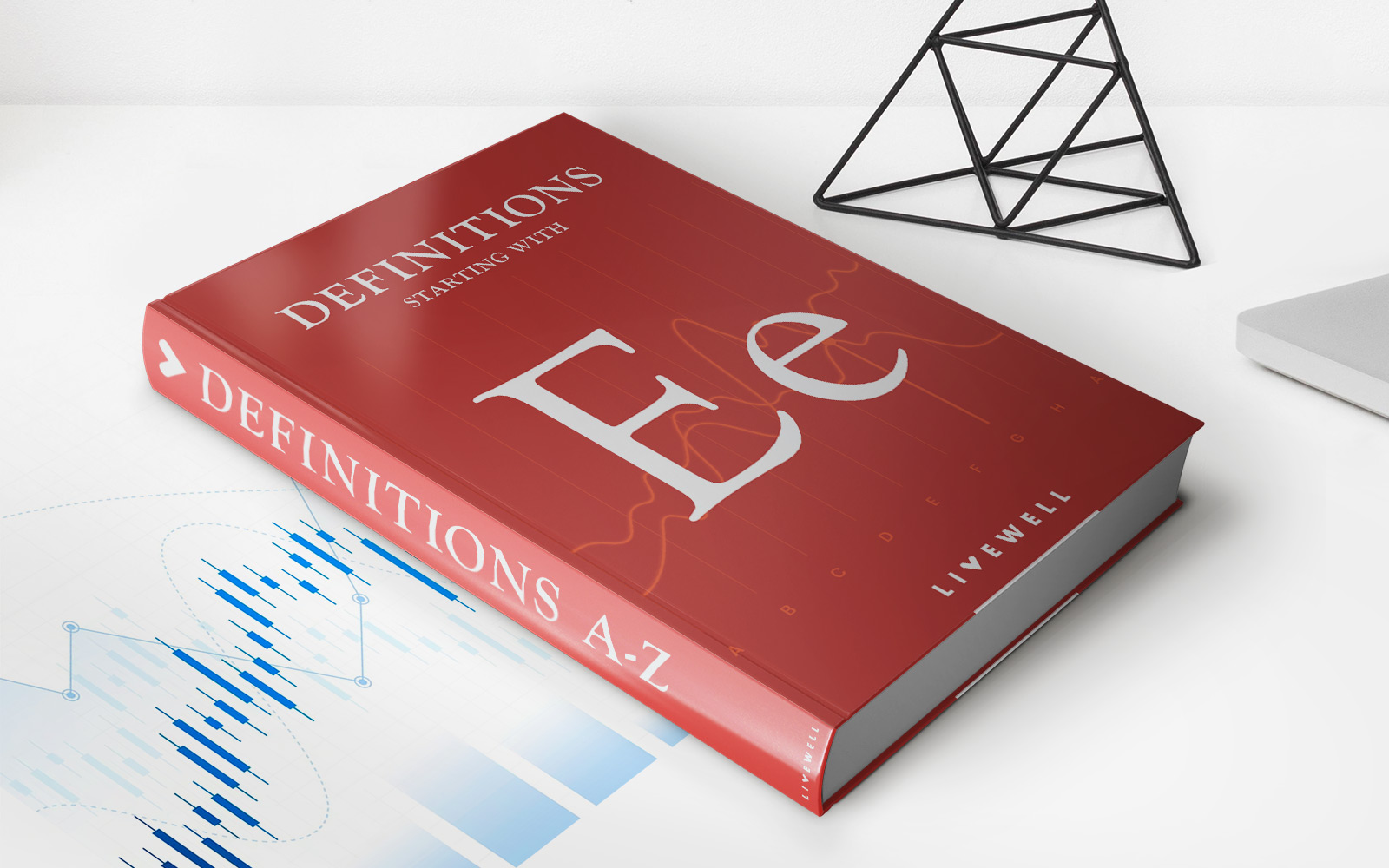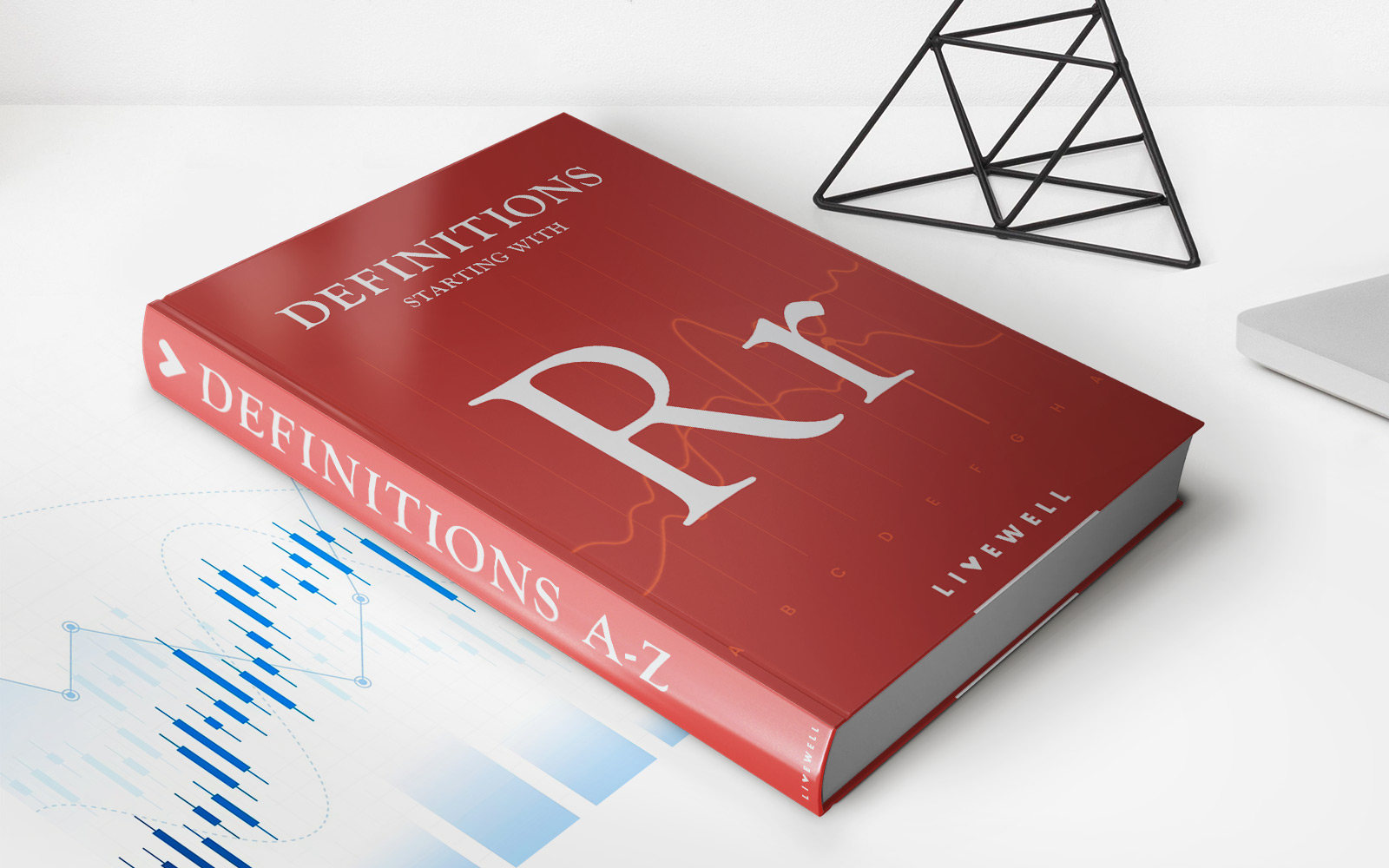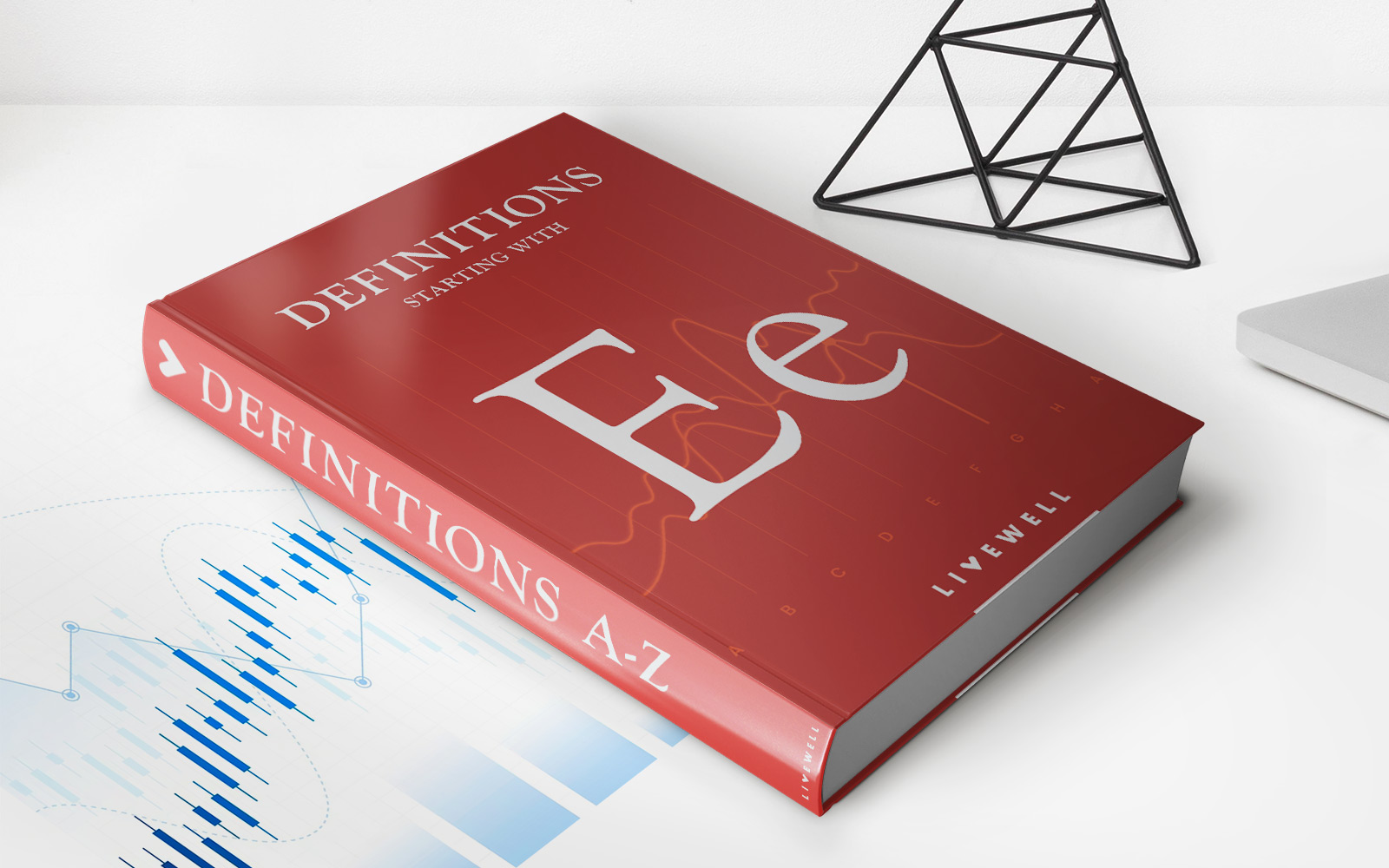Home>Finance>Earnout: Definition, How It Works, Example, Pros And Cons


Finance
Earnout: Definition, How It Works, Example, Pros And Cons
Published: November 15, 2023
Learn about the definition, workings, pros, and cons of an earnout in the field of finance. Explore an example to better understand how it operates.
(Many of the links in this article redirect to a specific reviewed product. Your purchase of these products through affiliate links helps to generate commission for LiveWell, at no extra cost. Learn more)
Mastering Finance: All About Earnout
Have you ever come across the term “earnout” in the realm of business and finance? If you’re unfamiliar with the concept, fear not! In this insightful blog post, we’ll delve into the definition, workings, examples, pros, and cons of earnouts. By the end, you’ll have a thorough understanding of this fascinating financial tool. So, let’s dive in!
Key Takeaways:
- An earnout is a contractual arrangement in M&A deals where the seller of a business agrees to receive additional payments based on the future performance of the acquired company.
- Earnouts can be an effective way to bridge valuation gaps, align incentives, and mitigate risk in transactions.
What is an Earnout?
An earnout is a financial arrangement that often arises in mergers and acquisitions (M&A) transactions. It allows the seller of a business to receive additional payments beyond the initial purchase price. These additional payments are contingent upon achieving specific performance targets within a defined period after the deal’s closure.
The earnout concept is particularly useful when there is a valuation gap between the buyer and seller. Instead of letting the valuation discrepancy hinder the transaction, both parties can agree to an earnout structure as a compromise. This way, the seller has the opportunity to earn extra money based on the business’s future performance, while the buyer limits their upfront financial exposure.
Understanding How Earnouts Work
To grasp the mechanics of an earnout, let’s consider a hypothetical example. ABC Corporation wants to acquire XYZ Enterprises, but there’s a difference in their valuation assessments. ABC values XYZ at $10 million, while XYZ believes their business is worth $12 million.
To bridge this $2 million gap, ABC and XYZ negotiate an earnout arrangement. They agree that an additional payment of $2 million will be made to XYZ if certain financial targets are met over the next three years. For instance, if XYZ achieves a revenue increase of 20% annually or maintains an EBITDA margin of 15%, the earnout will be fully paid out.
Earnouts typically have specific performance metrics and a predetermined payout structure. The parameters and targets are agreed upon during negotiations, and both parties must be clear on how the earnout will be calculated and when payments will be made.
Pros and Cons of Earnouts
Like any financial tool, earnouts come with their own set of advantages and disadvantages. Here’s a quick rundown of the key pros and cons:
Pros:
- Risk Mitigation: Earnouts help mitigate risk by aligning the interests of both the buyer and seller. The seller receives additional payments based on the company’s continued success, incentivizing them to stay involved and assist in the transition.
- Bridge Valuation Gaps: Earnouts offer a way to bridge valuation gaps that may otherwise impede a deal. By basing additional payments on future performance, parties can find common ground and reach an agreement.
Cons:
- Uncertainty: Earnouts introduce an element of uncertainty into the deal. The seller may not have complete control over achieving the performance targets, and the buyer may influence the outcome through operational decisions.
- Potential Disagreements: Disputes can arise between the buyer and seller regarding the earnout calculations, terms, or interpretations. As a result, it is crucial to have a clearly drafted agreement to avoid any disagreements down the line.
When considering using an earnout in an M&A transaction, it’s essential to weigh these pros and cons and assess whether this structure aligns with your business goals and risk appetite.
In Conclusion
Earnouts are a valuable financial tool that can help bridge valuation gaps, align incentives, and mitigate risk in mergers and acquisitions. By understanding how earnouts work and evaluating their pros and cons, businesses can make informed decisions when considering this unique financial arrangement.
So, the next time you encounter the term “earnout,” you’ll have a comprehensive grasp of its definition, mechanics, and benefits. Remember, earnouts can be an excellent option to explore when navigating business transactions and securing a mutually beneficial outcome for all parties involved.














